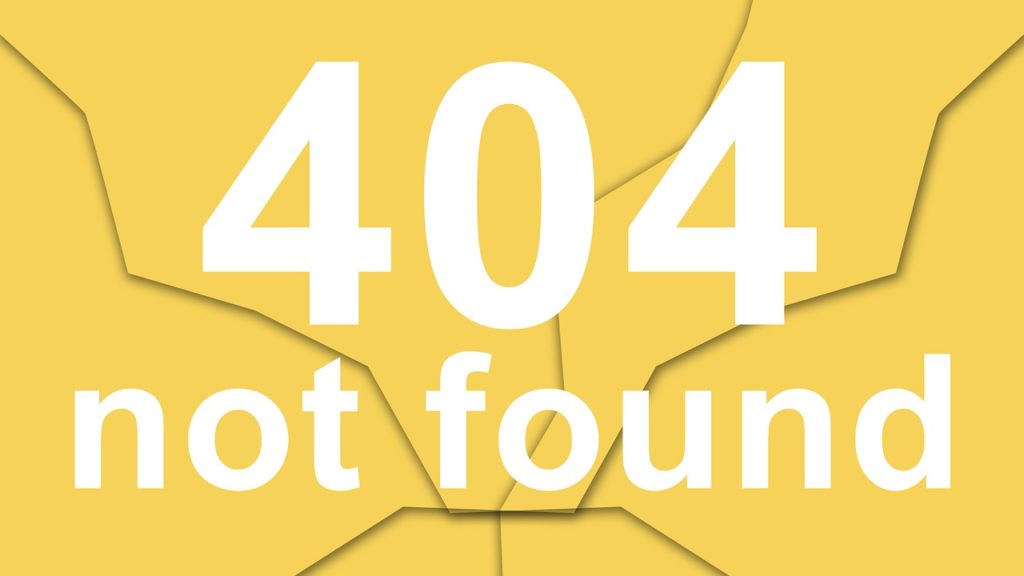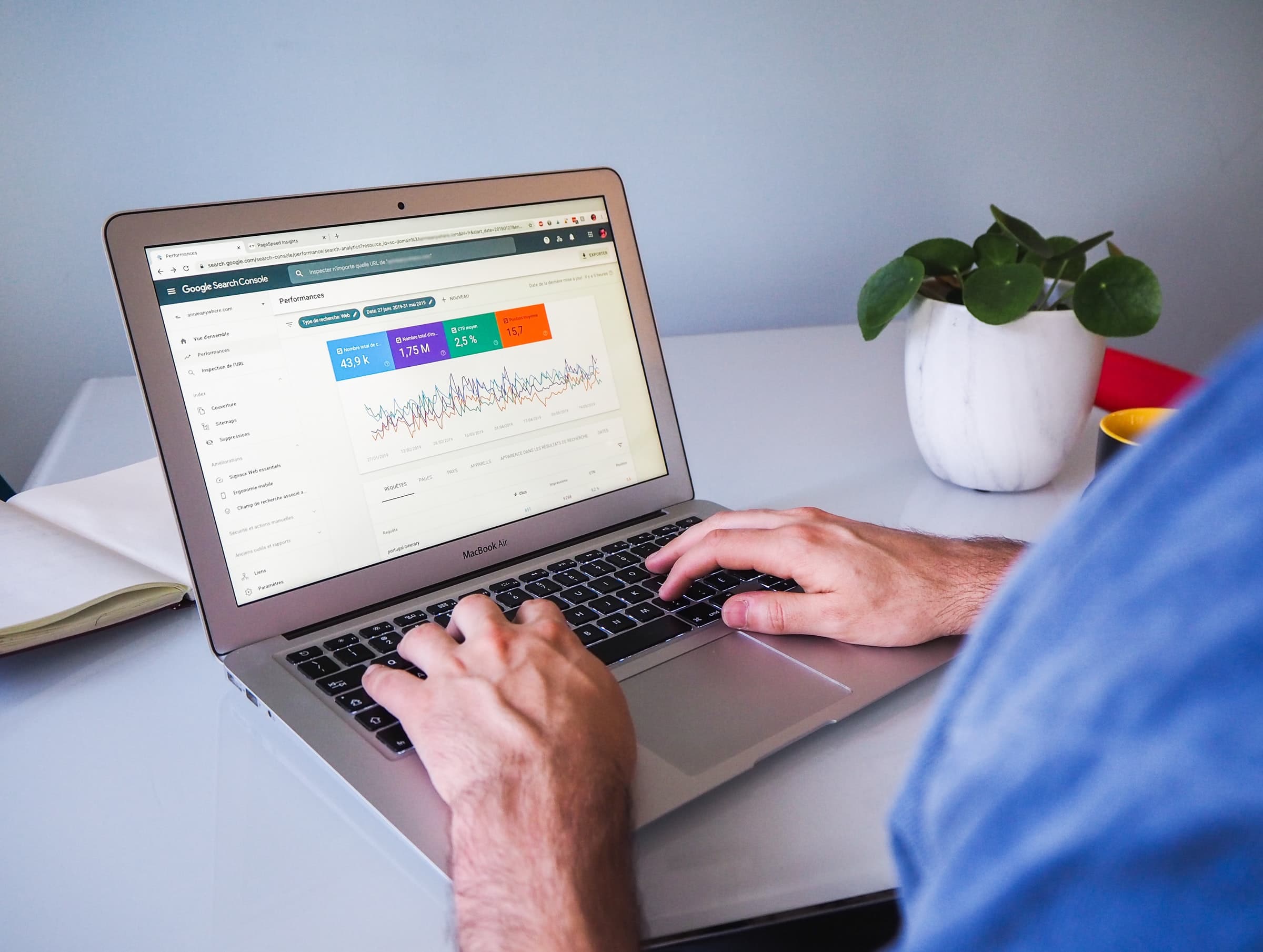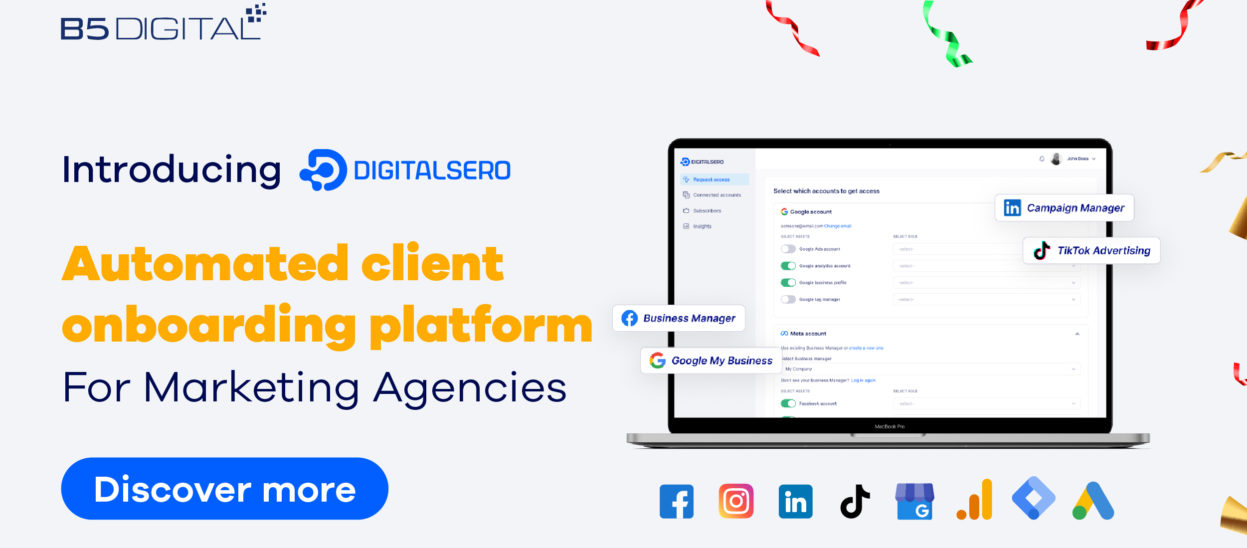Technical SEO is the optimization of websites for search engines on the technical side and not on every page. Solving technical SEO issues includes optimizing websites. Thus, making sure that it can crawled easily, becoming faster, and viewed properly by users and even safer when people visit them.

Other non-technical sides of SEO or Search Engine Optimisation includes keyword research, content, backlinking, and even further analysis.
The technical SEO side is always given less time and investment by some businesses, which is totally wrong.
The importance of technical SEO is just becoming higher as Google is prioritizing speed and technical optimization. It was recently more apparent with the Web Vitals update that revealed many details and subsidiary ranking factors related to website technical optimization.
The good thing with technical SEO is that it is an investment that is done less frequently than on-page SEO. So you need to optimize your website now, and then you shouldn’t be doing anything further for months.
If you want technical SEO for your website and still getting started with what aspects and issues involved, we have here the biggest ones you need to learn about.
Slow loading issues
If your website doesn’t load quickly, you may miss many chances and rank lower than you deserve. Website speed is now a top priority for Google. It requires websites to load in a second or two.
When a website speed is analyzed, many issues can be detected and be solved. Whether they are easy to solve or advanced ones. The issues that lead to slowing up websites include Javascript errors, browser caching needs improvement, and image compression issues.
Professional developers can work on this issue. Whether they are the ones who developed the website or not. Another issue that may lead to slowing up the website speed is the server response time. If low, then you should change your hosting provider to a higher quality one.
Duplicate content issues
Many brands and corporate websites practice global SEO and use content management systems. The truth is many of them are not aware of the duplicate content made while using these systems.
Duplicate content can mean that the same URL leads to two different pages. This can usually happen with e-commerce websites while adding products. Similar to websites publishing content with different languages, but not being aware of the issue.
In order to solve this issue properly, technical SEO needs to help remove the past content. Then put guidelines to prevent creating further duplicate pages.
Broken links issues
While optimizing content and pages for search engines, you should add both internal and external links. They can add great value to users. Then give search engines a signal that you are publishing high-quality content backed by sources.
Despite this truth, some links on your website content and even outside it will later be removed. Thus, leading to bad user experience and a bad signal for search engines.

To solve this problem, you need to run website audits from time to time to remove any broken or dead links. These links lead to error 404 pages on your website or not loading external websites. You can also use tools to do this in bulk. They can help you replace broken links with the right ones quickly and efficiently.
Improper indexing issues
When anyone searches for a query on Google and websites show up, that is because these websites are in the search engine’s index. Indexing is the process of adding websites to the search engine database to rank them and showing them in results. So before thinking about your website’s rank, you need to think about indexing first.
In order to make your website indexed properly and make Google index any new page you publish automatically, you need to set up your website on Google Search Console.
You can also ask your web development agency or SEO agency to solve any crawling issues on your website. Also, check the XML site map, which helps the bot crawl the website page (discover and analyze them), find pages easily, and understand how you are structuring the pages together.
Mobile optimization issues
Years back, optimizing websites for mobile devices was something great to do for SEO and users. Now, it is essential since Google is now indexing websites based on their mobile versions instead of the desktop versions.
For clear reasons, people browse the internet from mobile devices are now more than the people browsing it from desktops.
So making your website optimized for mobile devices in every way gives the website a much bigger opportunity to rank higher.
HTTPS security issues
HTTPS is now essential for every website. Without this standard, it may cost you many visitors to stay away, and a possibility of data getting stolen.
The standard is responsible for protecting user data between the web browser and the router, making data encrypted while being moved to be more secure. Google now and since 2017 has considered this essential, and it stops any website without HTTPS and with just HTTP as a not secure website with a warning page.
If you open your website and don’t see the green lock sign at the link, then it is not HTTPS. You need to buy what is known as an SSL certificate from your hosting provider. Or you can activate it properly if you already own it.
Multiple language issues
When you are offering your website in multiple languages, like English and any other languages. There are still some technical updates that you need to optimize. The users then are properly directed to the language they would want.
Google has introduced a standard tag called the hreflang, making this process becomes more organized. When someone has a local IP of a country that speaks a specific language, or according to their settings, the most favorite language version of the page will show up. Instead of being directed randomly to one of them.




